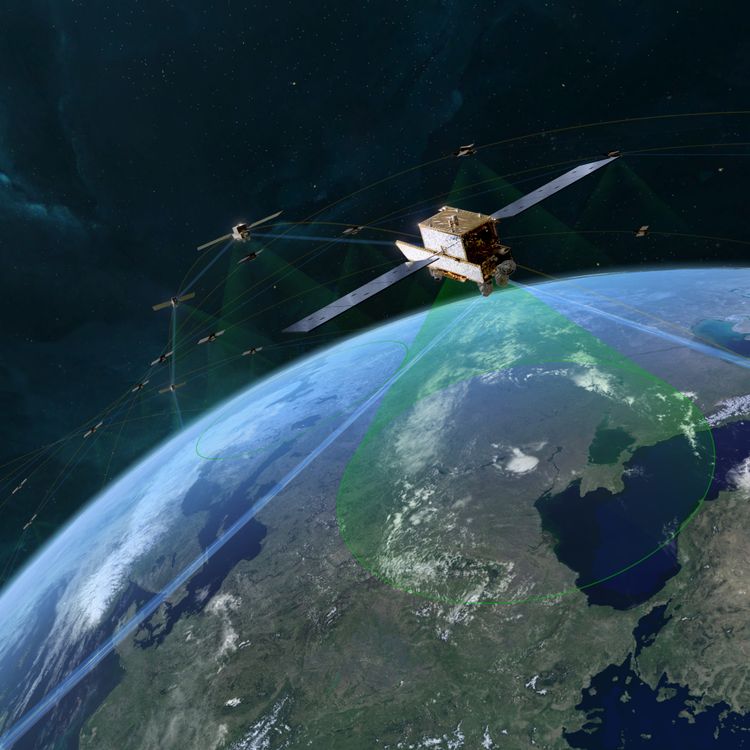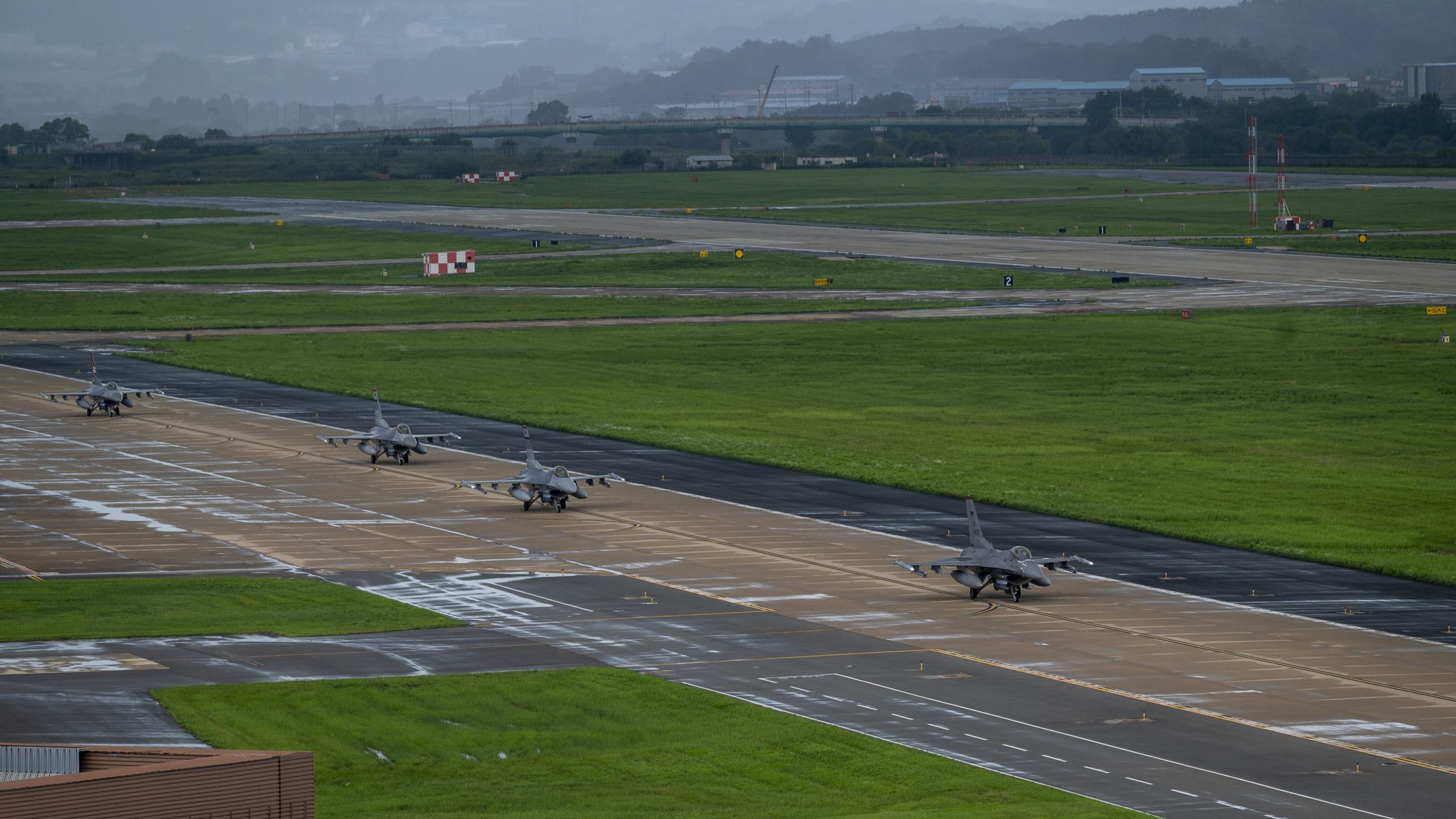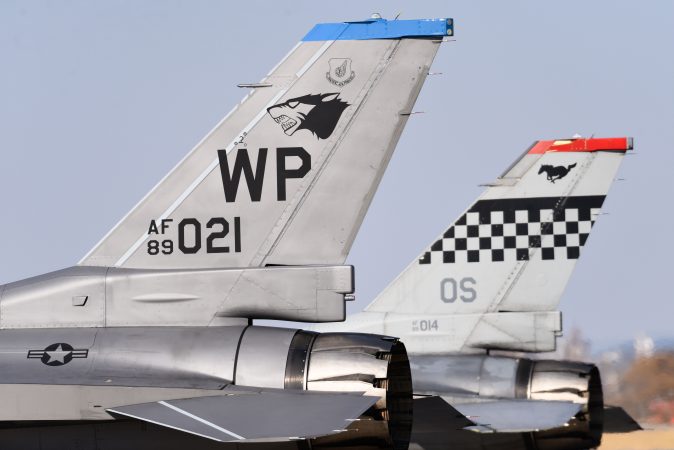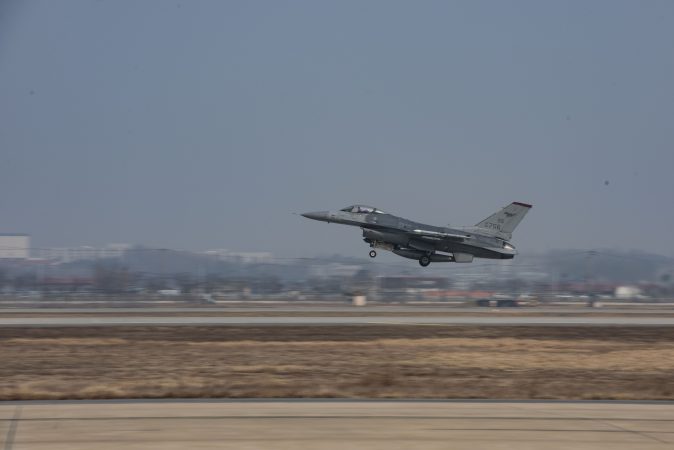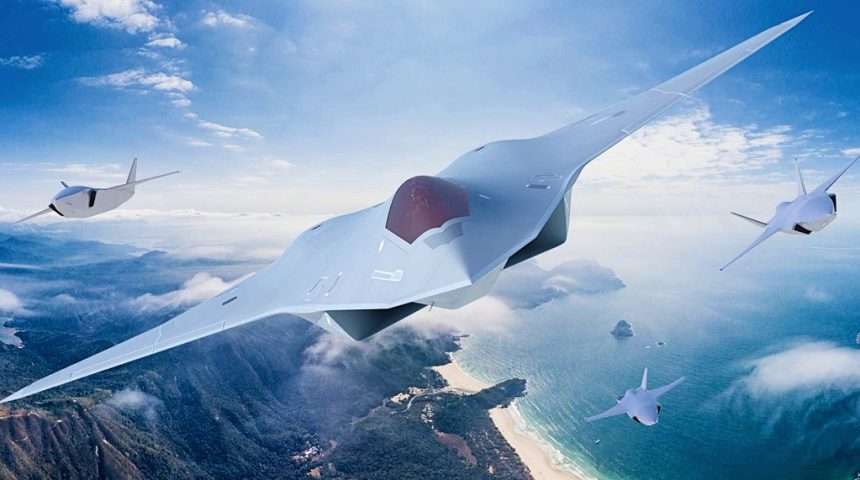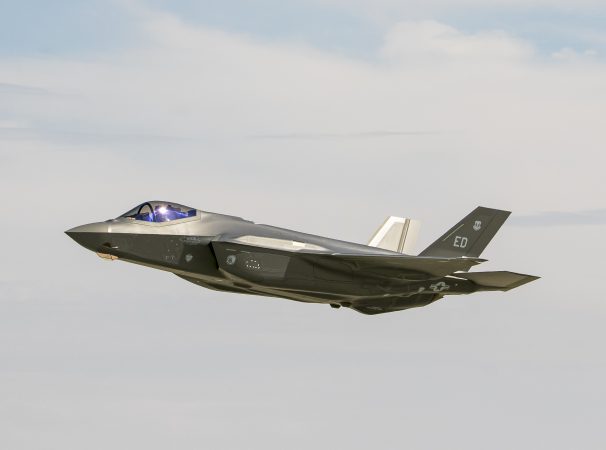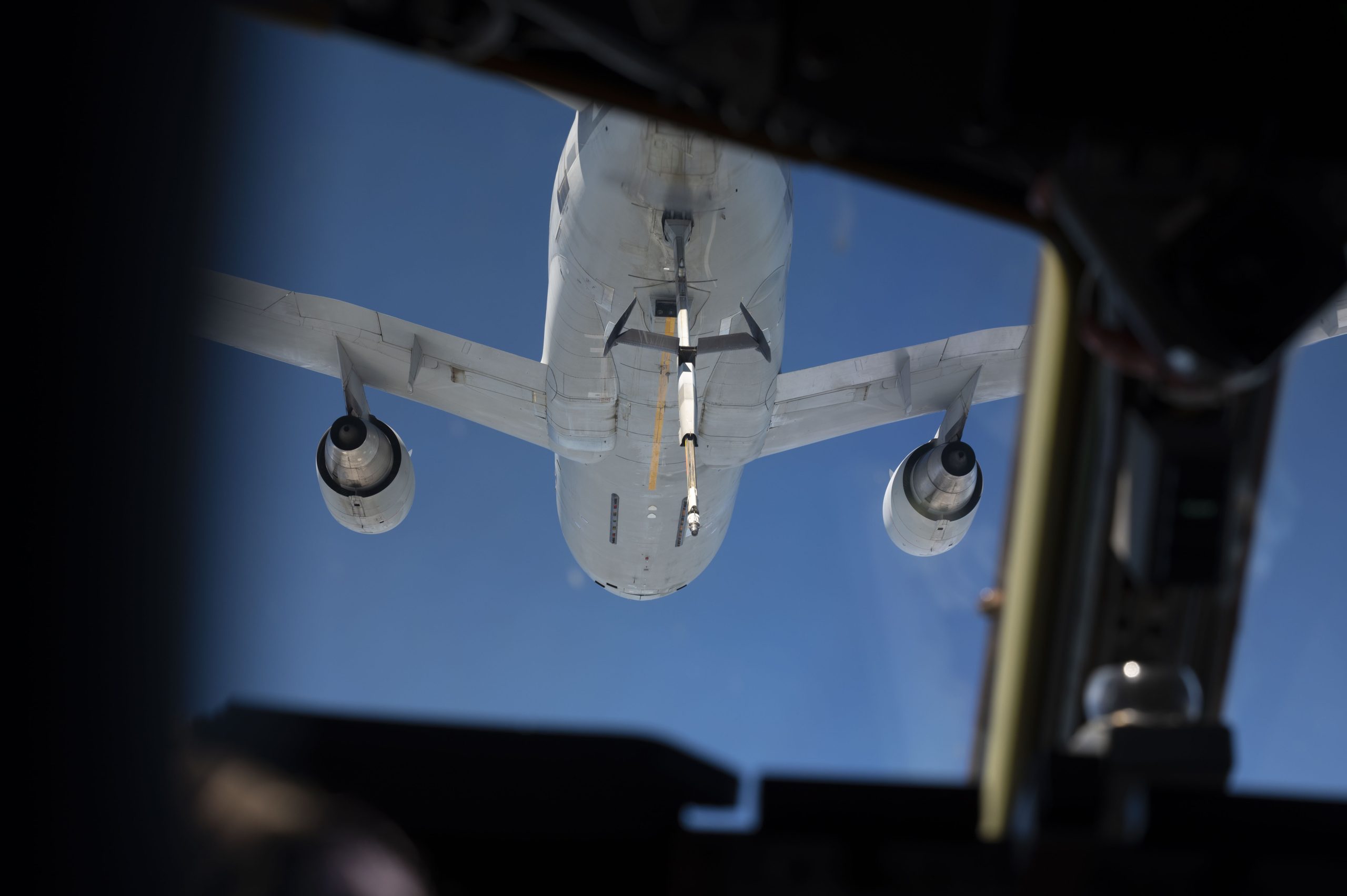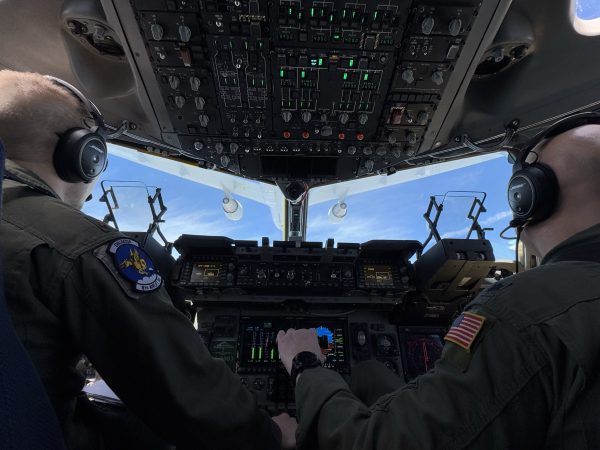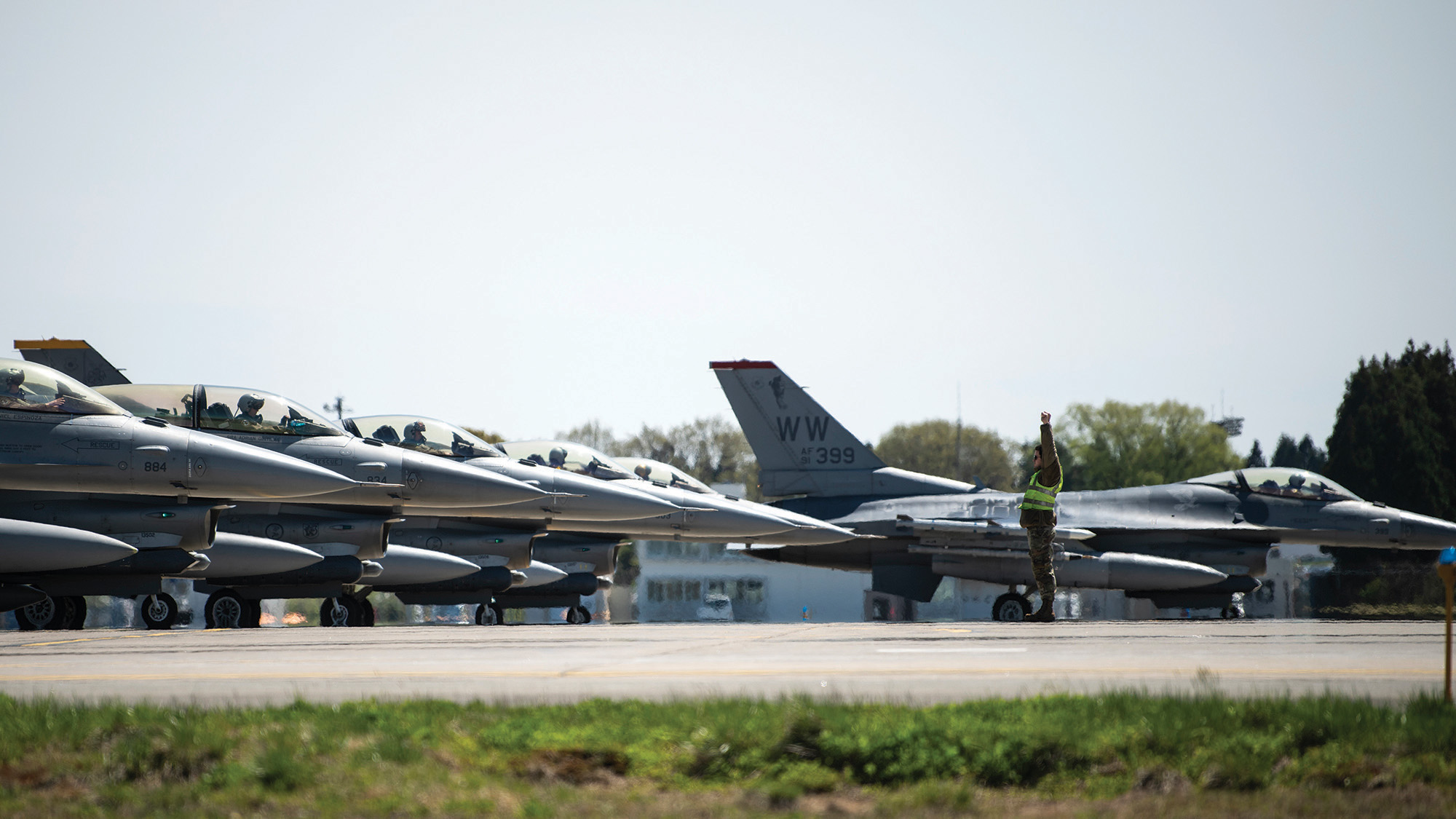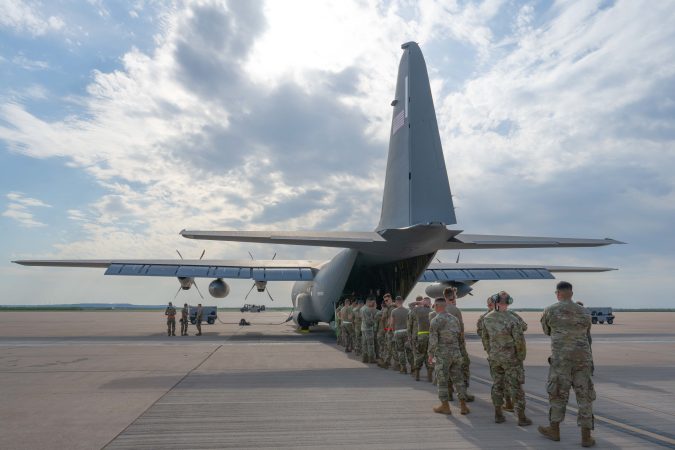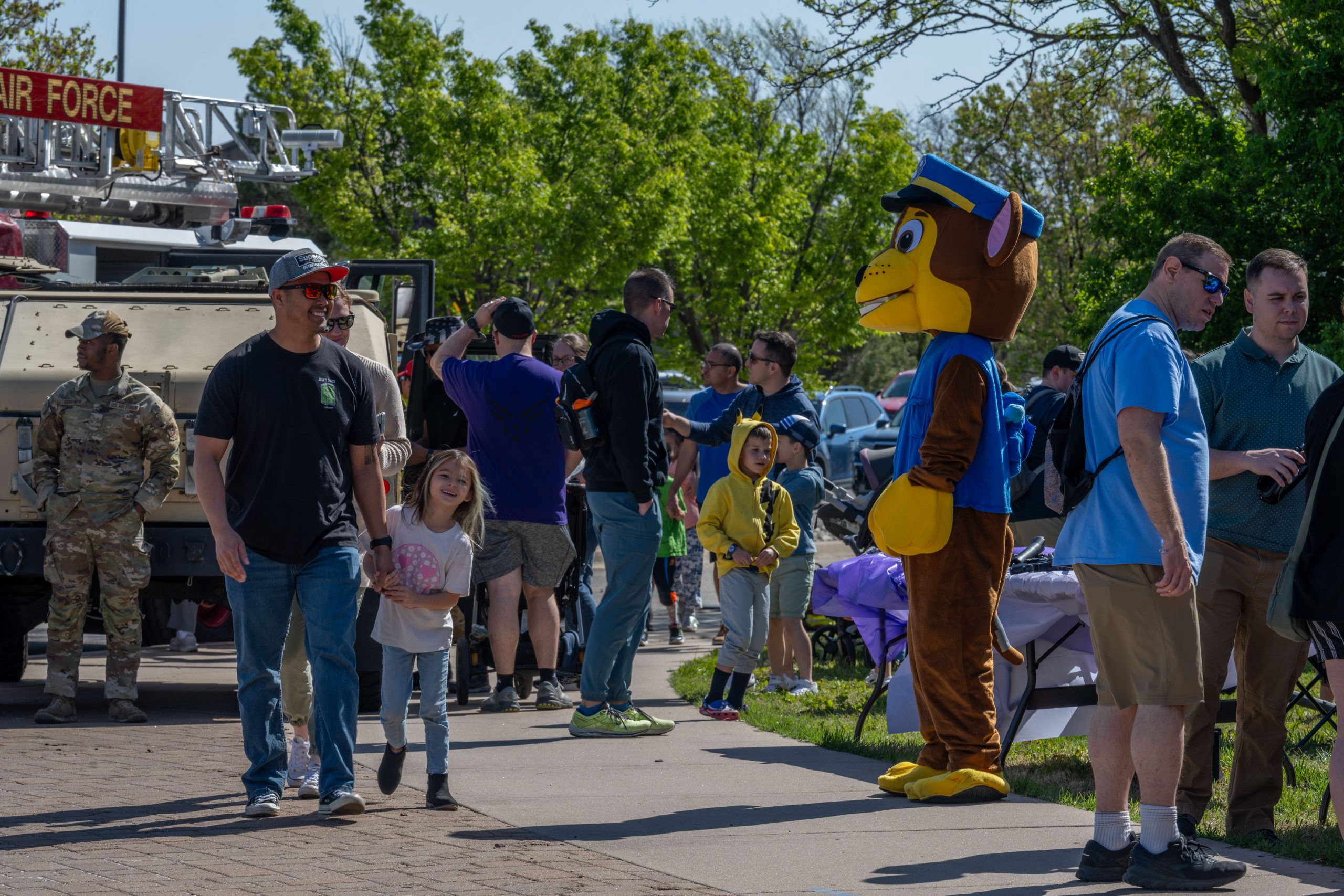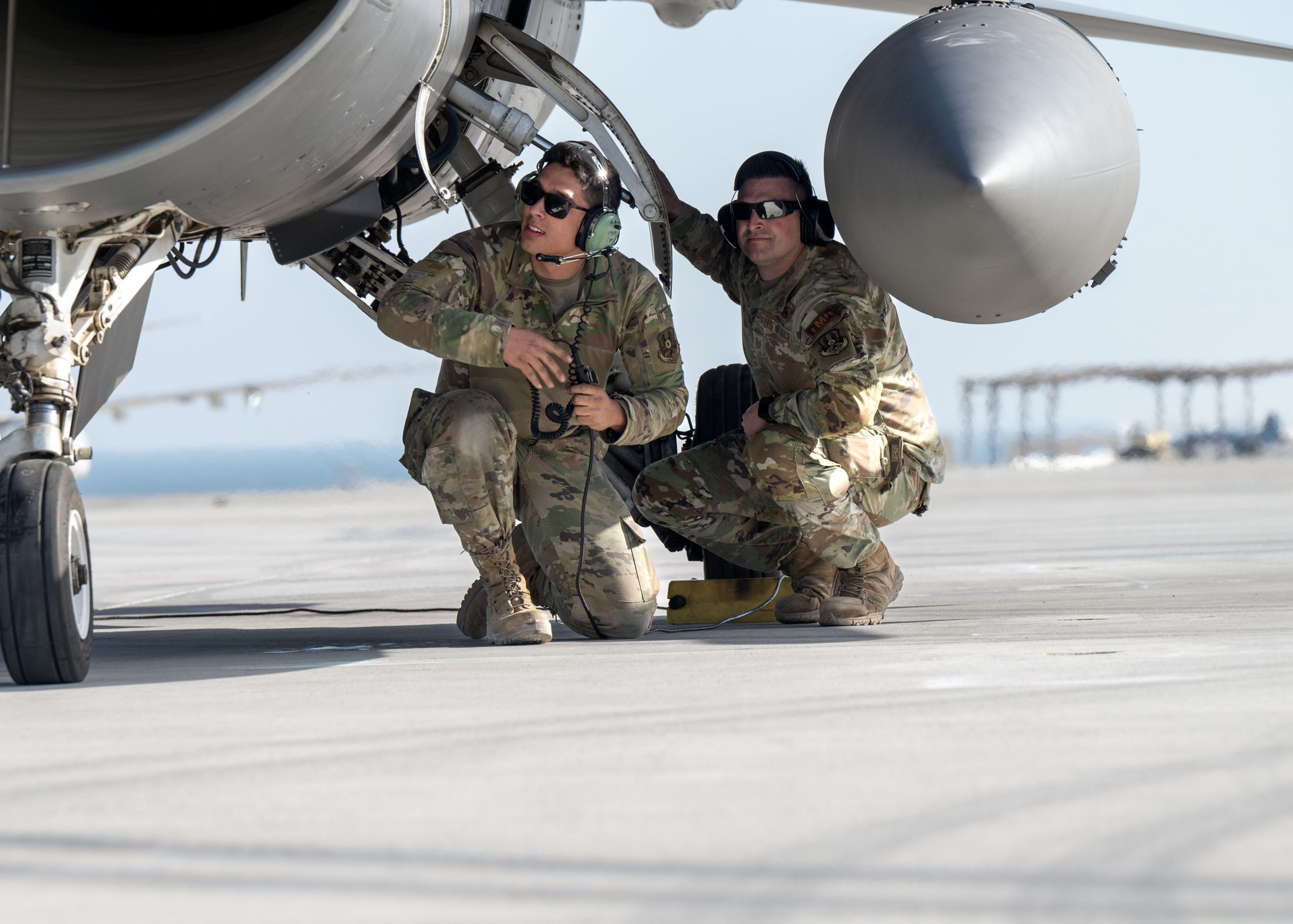After supply chain challenges delayed the first few tranches of its ambitious low-Earth orbit constellation, the Space Development Agency is changing its approach, hiring an engineering and integration partner to help manage the next tranche of the Proliferated Warfighter Space Architecture.
SDA awarded a $55 million contract to SAIC on April 22 for “system engineering and integration support activities,” through which SAIC will help review and manage requirements, schedule, engineering, and risk management for Tranche 3. According to the contract solicitation, the winning bidder would oversee technical reviews, schedule management, verification and integration test plans, as well as “trade studies” to help prioritize and “inform critical decisions that impact [Tranche 3] Program delivery.”
It’s the first time SDA has hired an integrator for this purpose; it previously awarded $887 million in management and integration contracts to General Dynamics Mission Systems to integrate ground systems for Tranches 1 and 2; those contracts focused on outfitting operations centers and ensuring data compatibility among disparate satellites feeding into an integrated architecture.
The SAIC deal is broader, designed to “enable the delivery of the T3 Program,” a significant departure from SDA’s prior practice, an agency official told Air & Space Forces Magazine.
The decision to bring in integration support comes as SDA faces some pressure to move from contract awards to capabilities in orbit. Its initial “Tranche 0” satellites launched in 2023 and early 2024 after several delays, and its first Tranche 1 launch has been delayed until late this summer. Officials cited delivery delays and issues with contractors not being able to scale their supply chain.
“With the spiral development model, SDA continuously pushes lessons learned into subsequent tranches,” a spokesperson said. “SDA decided to contract with a Tranche 3 integrator based on lessons learned from acquiring and delivery of Tranche 1 and Tranche 2.”
Tranche 3 is expected to include around 190 satellites and will be the first to replace earlier PWSA satellites with refreshed, improved capabilities. The objective is to maintain a steady state of around 450 satellites in the architecture.
For now, SDA is sticking with its latest projected launch schedule: Tranche 1 will start going up in late summer 2025, Tranche 2 in late 2026, and Tranche 3 in late summer 2028. The goal is to deliver initial regional coverage with Tranche 1, followed by global coverage with Tranche 2.
Sticking to that schedule could be crucial to SDA’s role in President Donald Trump’s ambitious “Golden Dome” missile defense initiative, which seeks to start fielding capability by early 2029.
SDA already has a solicitation circulating for acquring Tranche 3 missile warning and tracking satellites; it is expected to release soon solicitations for the data transport satellites as well.
